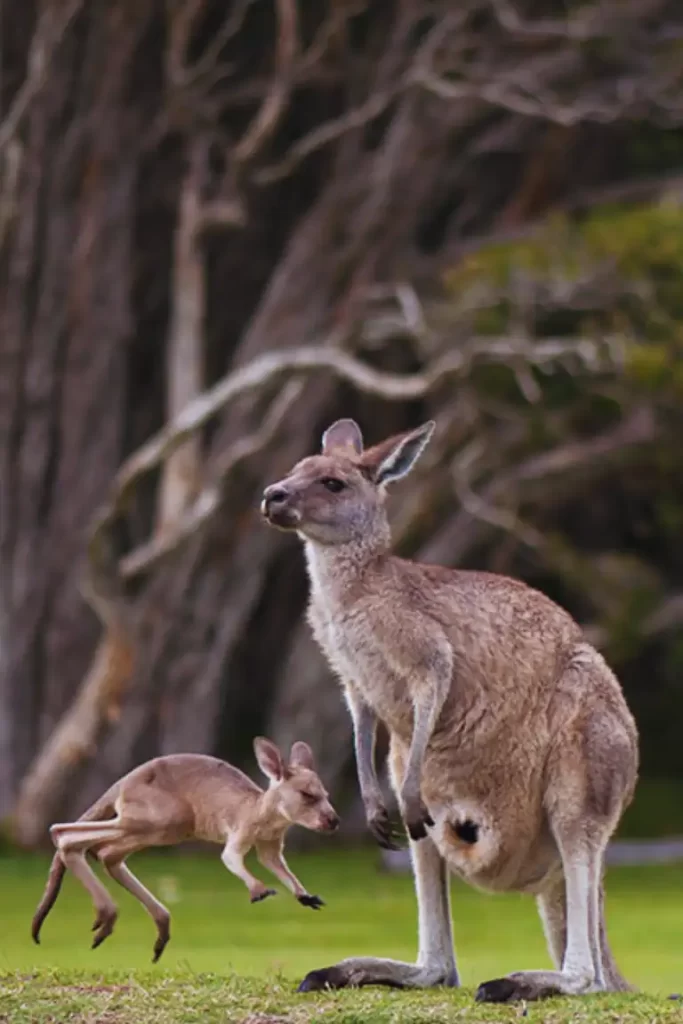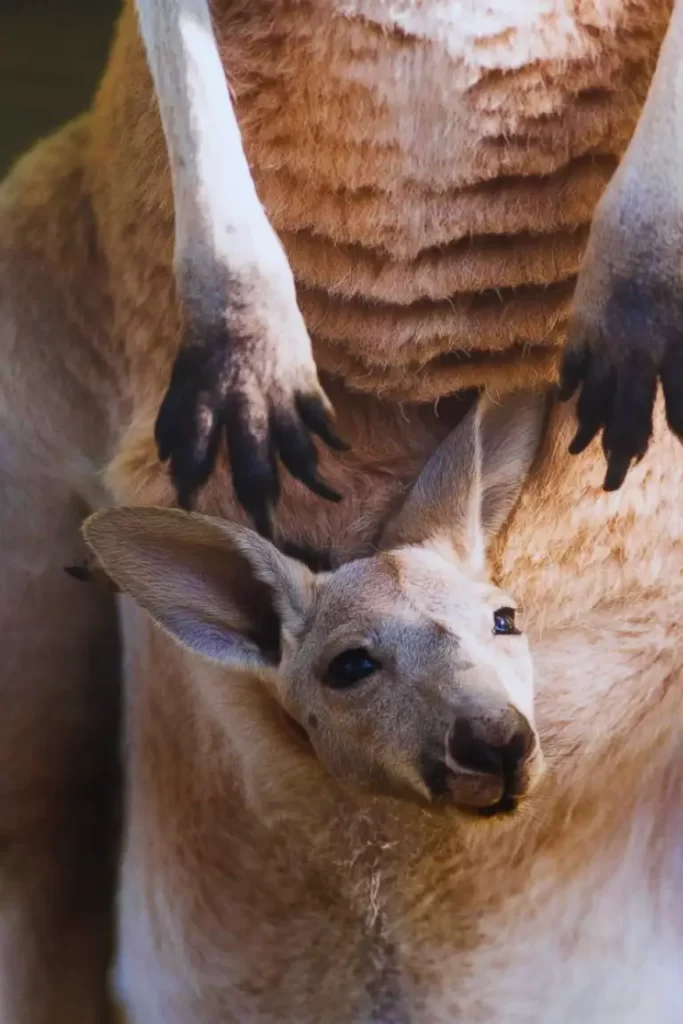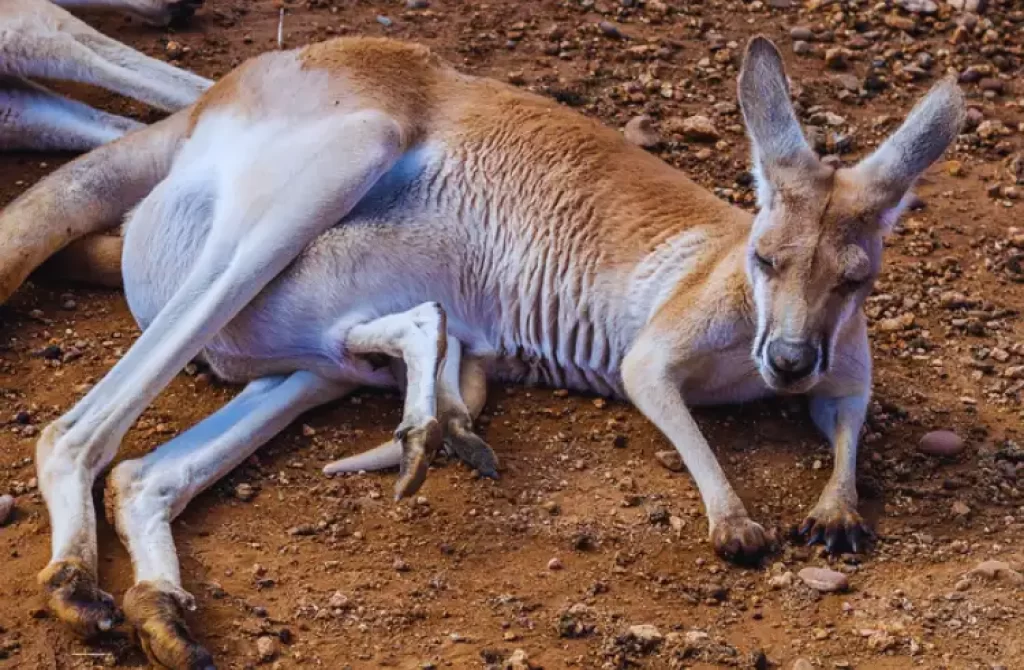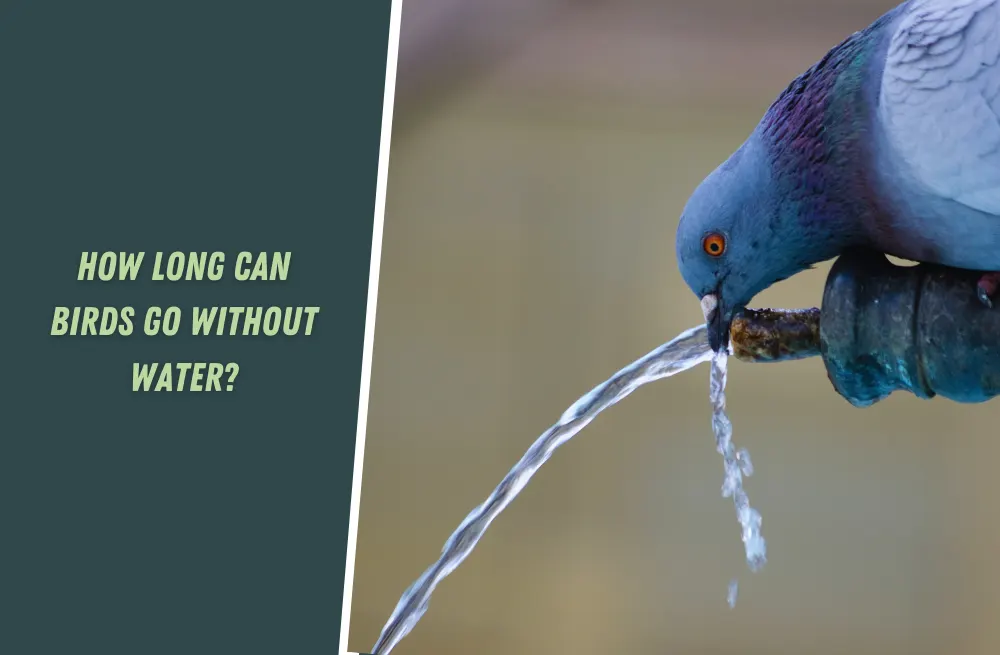The kangaroo pouch is a truly remarkable and distinguishing feature that sets kangaroos apart from other mammals. It is a specialized anatomical adaptation that serves multiple crucial functions, particularly in the reproductive and nurturing processes of these iconic marsupials.
First and foremost, the pouch acts as a protective haven for the developing joeys. After a short gestation period, the newborn joeys emerge in an extremely underdeveloped state. They are blind, hairless, and only about the size of a jellybean.
At this stage, they are highly vulnerable to the outside world. However, the pouch provides a safe and nurturing environment for them to continue their growth and development.
In this article, we will explore the intricacies of the kangaroo pouch explain how it works.
What is a kangaroo pouch?
The kangaroo pouch is a unique anatomical feature found in female kangaroos. It is a remarkable flap of skin that is situated on the front of their abdomen.
This specialized pouch serves as a pocket or a protective pouch where the female kangaroo carries and nurtures her young, which are called joeys.
The pouch is a cozy and secure space that provides a range of essential functions for the development and well-being of the joeys. It offers warmth, protection, and nourishment to the newborns, allowing them to grow and thrive under their mother’s care.
The pouch is specifically designed to accommodate the growing joeys, stretching and expanding as they develop. It is a fascinating adaptation that showcases the extraordinary bond between a mother kangaroo and her offspring, exemplifying the wonders of nature’s ingenuity.
How does the kangaroo pouch develop?

During a female kangaroo’s early stages of development, the area where the pouch will eventually form is relatively flat and undifferentiated. However, as she approaches sexual maturity, hormonal changes trigger the growth and specialization of the pouch. The skin in the abdominal region thickens and folds inward, creating a shallow pocket.
As the female kangaroo becomes sexually active and conceives, the pouch continues to develop in preparation for the arrival of her young. The tissues within the pouch region undergo further changes, becoming more elastic and capable of stretching to accommodate the growing joeys.
After giving birth, the mother kangaroo’s pouch becomes fully functional. Its opening is tightly closed by a muscular ring, providing a secure enclosure for the tiny joeys. The inside of the pouch is lined with soft fur, which offers warmth and comfort to the developing joeys.
As the joeys grow, they spend an increasing amount of time inside the pouch. The pouch adapts to their growth by stretching and expanding, ensuring that there is enough space for them to move around and nurse.
The mother’s body also adjusts to the changing demands, providing milk and essential nutrients to support the joeys’ development.
What is the purpose of the kangaroo pouch?

The primary function of the kangaroo pouch is to provide a safe and nurturing environment for the developing joeys. Inside the pouch, the joeys receive warmth, protection, and access to their mother’s milk, which is essential for their growth and survival.
How does the kangaroo pouch accommodate growing joeys?
The kangaroo pouch is designed to stretch and adapt as the joeys grow. Initially, the pouch is small and snug, providing a secure space for the newborn joeys. As they continue to develop, the pouch gradually expands to accommodate their increasing size.
This elasticity allows the pouch to support and protect the joeys throughout their early stages of life.
How do joeys enter and exit the pouch?
Newborn joeys are incredibly small and underdeveloped at birth. After a short gestation period, they instinctively crawl their way up their mother’s belly towards the pouch.
Once inside, they latch onto one of the teats and remain attached, receiving nourishment and growing under their mother’s care.
As the joeys mature and become more independent, they gradually start to venture out of the pouch, exploring the outside world while still returning to the pouch for safety and nourishment.
How long do joeys stay in the pouch?
The length of time joeys spend in the pouch varies among kangaroo species. On average, they remain in the pouch for approximately 6 to 8 months.
During this period, they continue to grow and develop, transitioning from relying solely on their mother’s milk to gradually adapting to a more solid diet.
You might find interesting: Why Do Kangaroos Hop and Not Jump?
What happens when the joeys outgrow the pouch?

Once the joeys outgrow the pouch, they continue their development outside of it while staying close to their mother. At this stage, they start to explore their surroundings and engage in playful activities, honing their coordination and motor skills.
While the joeys are no longer constantly inside the pouch, they still rely on their mother for nourishment and guidance. They will intermittently return to the pouch for brief periods to nurse and seek comfort. The mother’s nipples are located just inside the pouch, allowing easy access for the joeys to feed.
As the joeys become more independent, they gradually spend more time exploring the world around them and interacting with other members of the kangaroo group, known as a mob. They learn essential survival skills from their mother and observe her behavior to understand how to navigate their environment effectively.
Despite spending increasing amounts of time outside the pouch, the joeys often seek refuge by staying close to their mother, especially when they feel threatened or tired. They may also hop back into the Pouch momentarily if they sense danger or need a quick retreat.
The transition from being completely dependent on the pouch to gradually gaining independence is a significant milestone in a joey’s life. It marks the beginning of their journey towards adulthood, where they will eventually leave their mother’s side and establish their own territories within the kangaroo community.
Throughout this process, the mother kangaroo remains vigilant and protective, ensuring the safety and well-being of her growing joeys. The bond between mother and joey remains strong even after they outgrow the pouch, reinforcing the close-knit nature of kangaroo family units.
Related animals
Conclusion
The kangaroo pouch is a remarkable adaptation that showcases the wonders of nature. It serves as a protective haven where joeys experience their early stages of life, ensuring their growth and survival.
The unique design and functionality of the kangaroo pouch exemplify the adaptations that have allowed kangaroos to thrive in their diverse habitats. Let us marvel at this extraordinary feature and appreciate the remarkable bond between mother and joey.
Feel free to explore our website for more fascinating articles about kangaroos and the wonders of the animal kingdom!
Disclaimer: The information provided in this article is for educational purposes only and does not substitute professional advice.







